Theodore Roosevelt Timeline
Part of the Addressing the Statue exhibition.
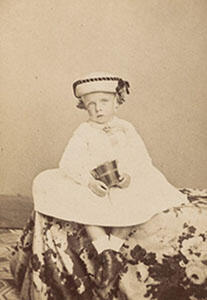
October 27: Born in New York City. Nearsighted and frequently ill with asthma during childhood, he nonetheless loved the outdoors and the natural world.
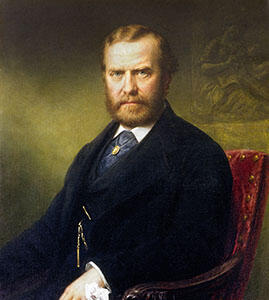
April: Theodore’s father, Roosevelt Sr., helps establish the American Museum of Natural History, signing its charter in the family living room.
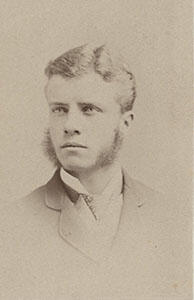
Fall: Enters Harvard University, originally studying natural history—but eventually changing to history and government.
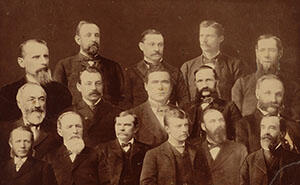
November: At age 23, elected to New York State Assembly (members pictured above), Roosevelt’s first elective office.
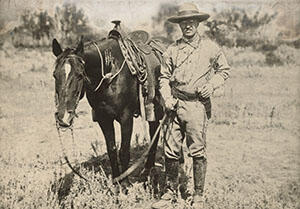
June: Moves to the Dakotas; later chronicles his experiences in lectures and The Winning of the West.
Disturbing views of Native Americans: Speaking in New York City in January 1886, Roosevelt gave a lecture entitled “Ranch Life in the West” that expressed disturbing views of Native Americans.
“I don't go so far as to think that the only good Indians are the dead Indians, but I believe nine out of every 10 are and I shouldn’t like to inquire too closely into the case of the 10th.”
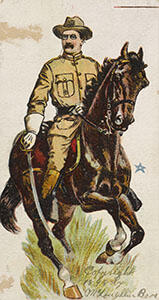
Summer: As a colonel in the army, gains national fame as a war hero after leading a regiment of cavalry volunteers known as “Rough Riders” in Cuba during the Spanish-American War.
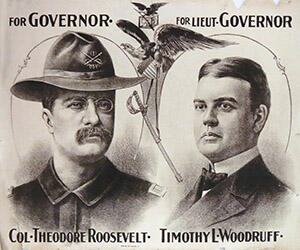
November: Elected governor of New York.
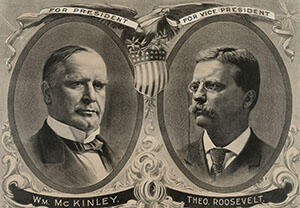
November: Elected U.S. vice-president under President William McKinley; after McKinley is assassinated in 1901, Roosevelt becomes the youngest-ever U.S. president. In 1904, he is elected for a second term.
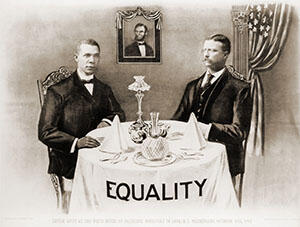
October: Invites prominent educator and author Booker T. Washington to dinner; the event is the first time a U.S. president meets formally with an African-American in the White House.
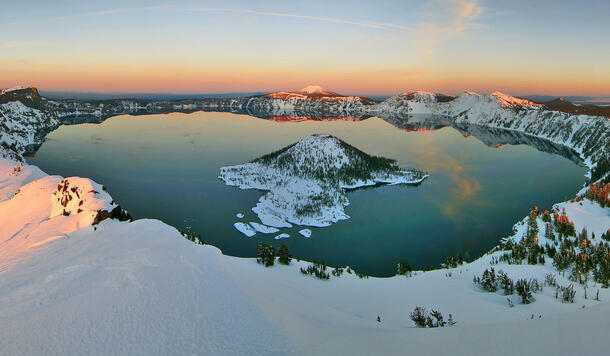
May: Establishes Crater Lake National Park—the first of five national parks created during his presidency. His conservation efforts place more than 230 million acres of U.S. land under government protection through the creation or expansion of national parks, national forests and other refuges.
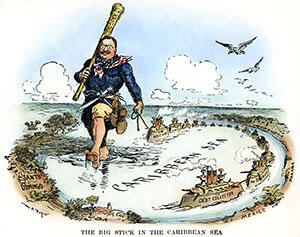
December: Issues “Roosevelt Corollary” to Monroe Doctrine, arguing that the U.S. can act as “an international police power” and intervene in Latin America.
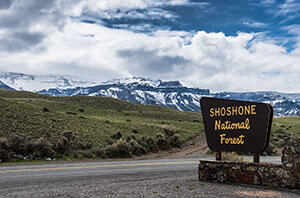
February: Establishes National Forest Service; 150 national forests are eventually created or enlarged during his term.
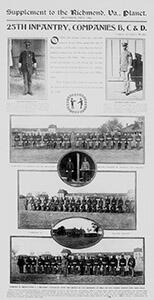
August: After one white man is killed and another injured in Brownsville, Texas, local civilians blame African-American soldiers stationed nearby. Despite a lack of evidence, Roosevelt orders the dishonorable discharge of 167 black infantrymen. The army reverses the decision in 1972, declaring the soldiers innocent.
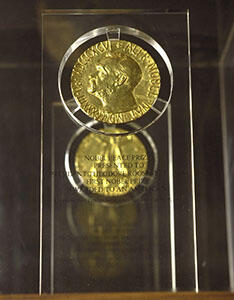
December: Awarded Nobel Peace Prize for facilitating negotiations that end Russo-Japanese War.
In his book Outdoor Pastimes of an American Hunter (1906) Roosevelt described his love of nature.
“It is an incalculable added pleasure to any one’s sum of happiness if he or she grows to know, even slightly and imperfectly, how to read and enjoy the wonder-book of nature.”
February: Signs Immigration Act of 1907, which allows president to restrict number of immigrants from Japan.
December: Sends the “Great White Fleet,” which included 16 Navy battleships painted white carrying 14,000 sailors, on a 14-month tour around the world in a dramatic display of U.S. naval power.
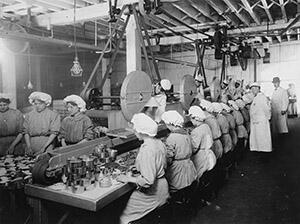
December: Uses State of the Union address to propose protection for workers, including eight-hour work day.
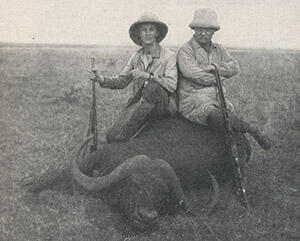
March: Presidency ends; Roosevelt and his son Kermit (left) spend a year on safari with the Smithsonian-Roosevelt African Expedition; most of the thousands of animals brought back are now in the collections of the Smithsonian Museum, and some at the American Museum of Natural History.
Racist views: Passages from Roosevelt’s book about his travels through East Africa, African Game Trails (1910), contain racist descriptions of the people he met.
“But most of the [African] natives are still wild pagans, and many of them are unchanged in the slightest [from when] they alone were the heirs of the land—a land which they were utterly powerless in any way to improve.”
Progressive policies: Roosevelt spoke of the need to improve the lives of all Americans in a speech to the Republican National Convention in June 1912.
“We believe that this country will not be a permanently good place for any of us to live in unless we make it a reasonably good place for all of us to live in.”
Importance of Conservation: Roosevelt spoke about preserving the natural world in a speech to the Progressive Party National Convention in August 1912.
“There can be no greater issue than that of conservation in this country.”
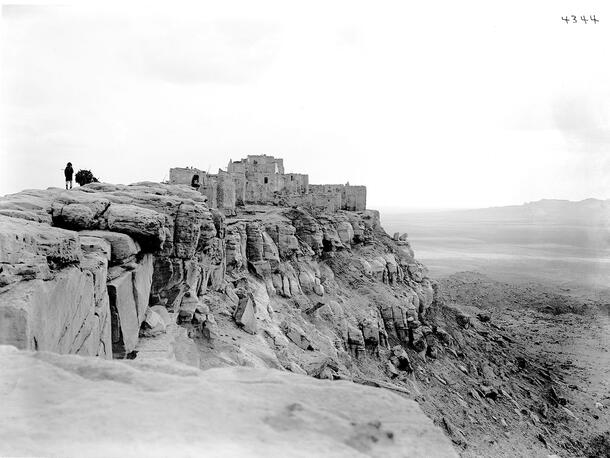
August: Travels to Navajo and Hopi reservations in Arizona. Impressed by Native art and technology, he advocates for the preservation of living Native cultures.
“To announce that there must be no criticism of the President…is not only unpatriotic and servile, but is morally treasonable to the American public. Nothing but the truth should be spoken about him or anyone else. But it is even more important to tell the truth, pleasant or unpleasant, about him than about anyone else.”
–Theodore Roosevelt, Editorial in the Kansas City Star, May 7, 1918
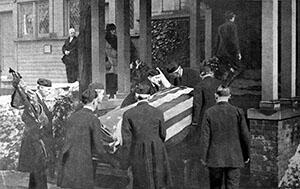
January 6: Dies in his sleep at age 60 at his Sagamore Hill home in New York.